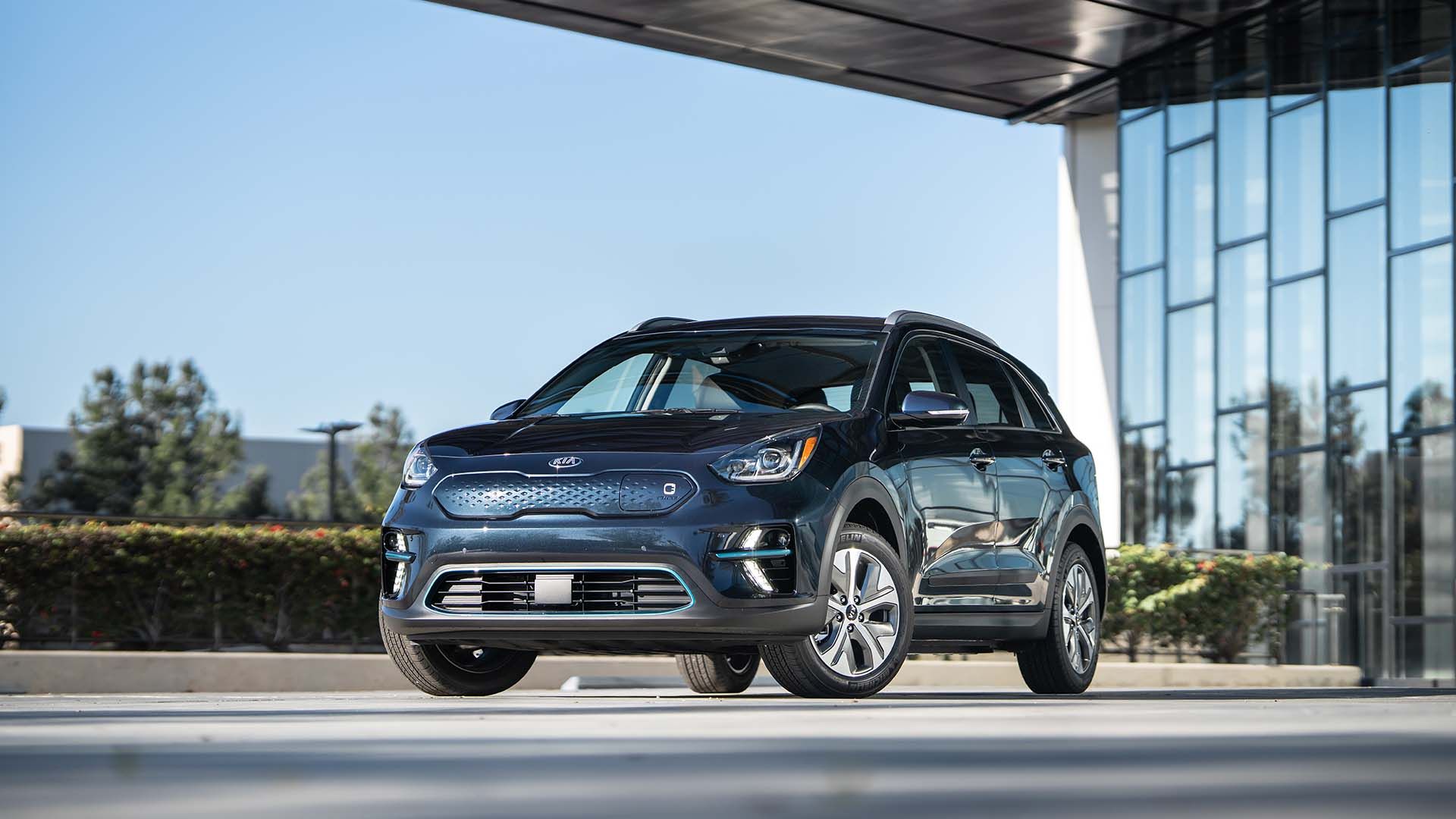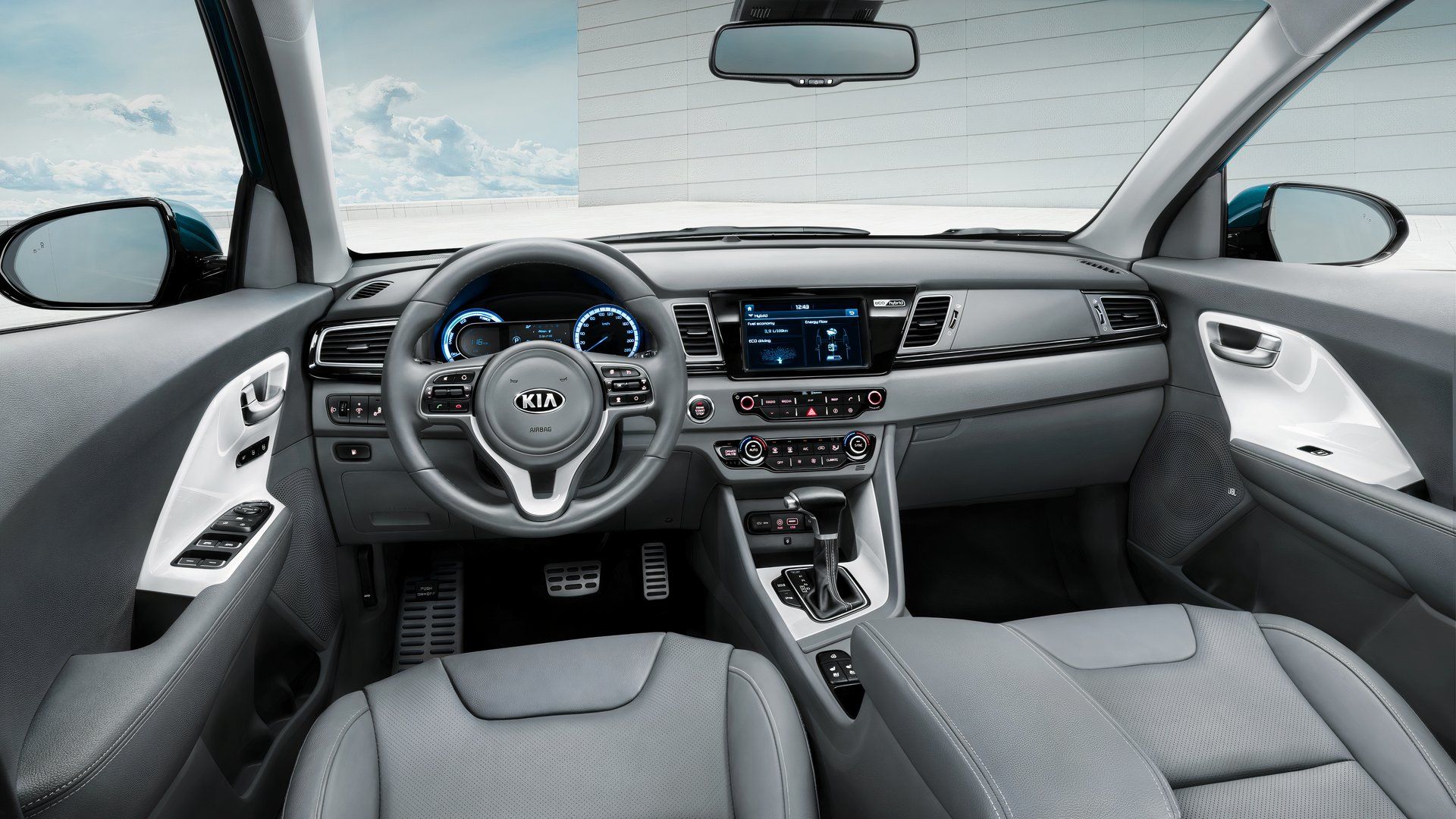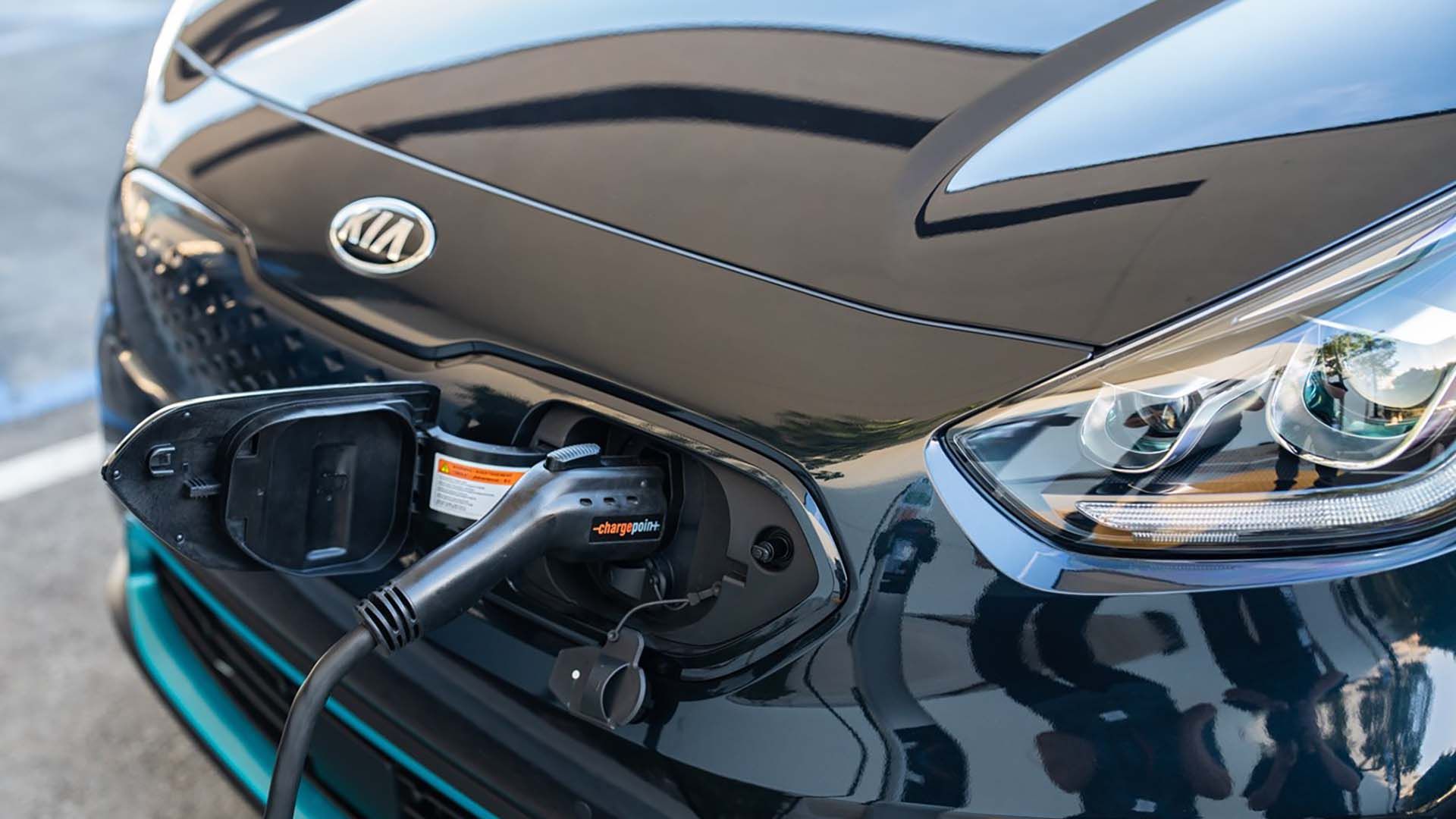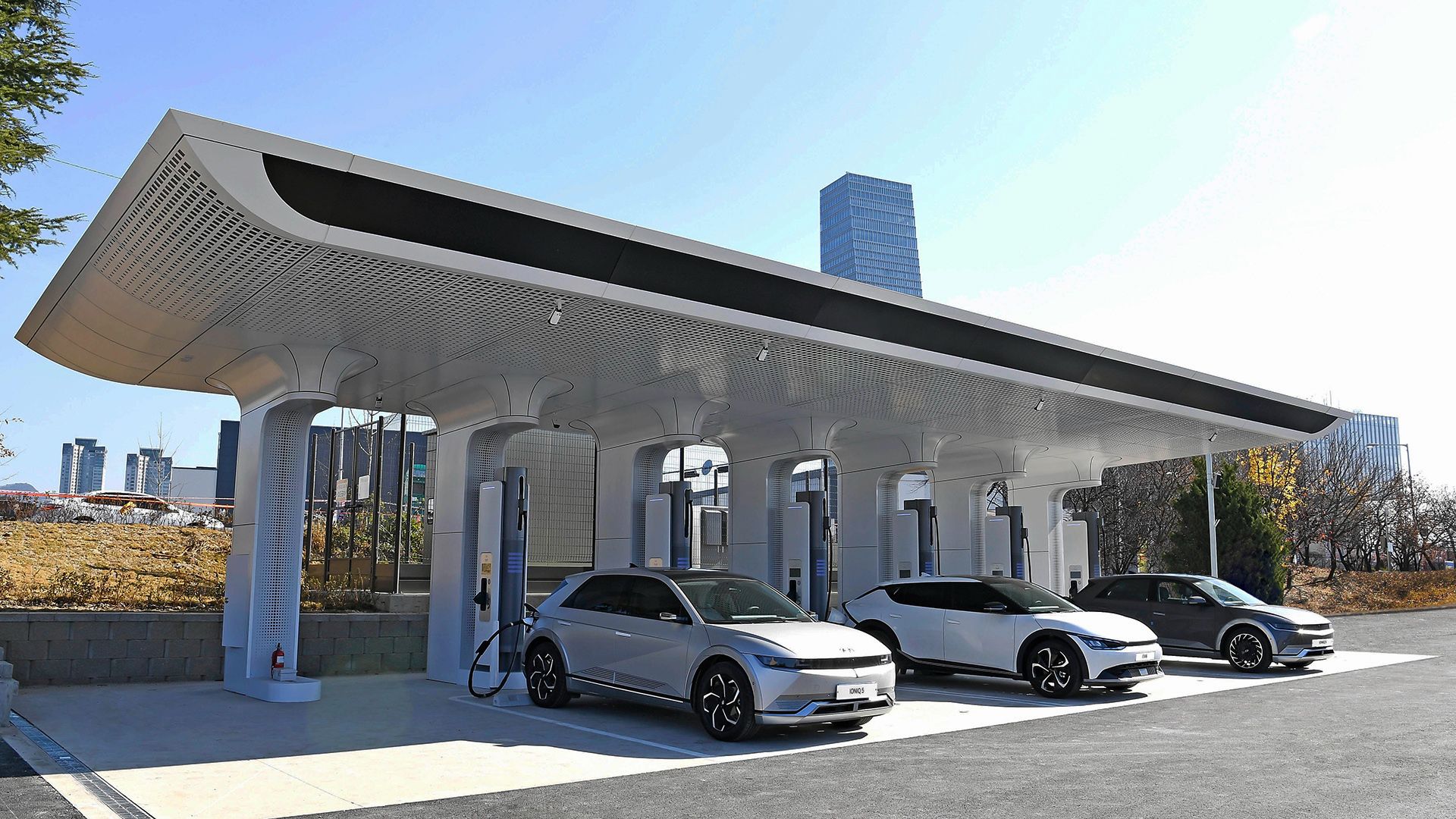Electric vehicle (EV) resale values aren’t necessarily that good in markets like the United States and Europe, mainly driven by companies like Tesla cutting its prices in recent years, as well as consumer sentiment in the used car market not being too keen on charging and battery life concerns. The latter has already been proven to be a non-issue these days thanks to EV battery thermal management systems, among other technologies, but that’s a story for another article.
What we want to find out, therefore, is a value-packed five-year-old EV that offers a low price thanks to its quick depreciation, whilst having good enough range and reliability for it to be considered a viable long-term choice. The thing is, searching for a five-year-old EV with good range is going to be a bit more challenging since it wasn’t until the 2020s that automakers aggressively started their EV shift. At the same time, while some EVs already existed in 2020 (which is the year when today’s five-year-old EVs came out), most of them were too new to be given a reliability prediction.
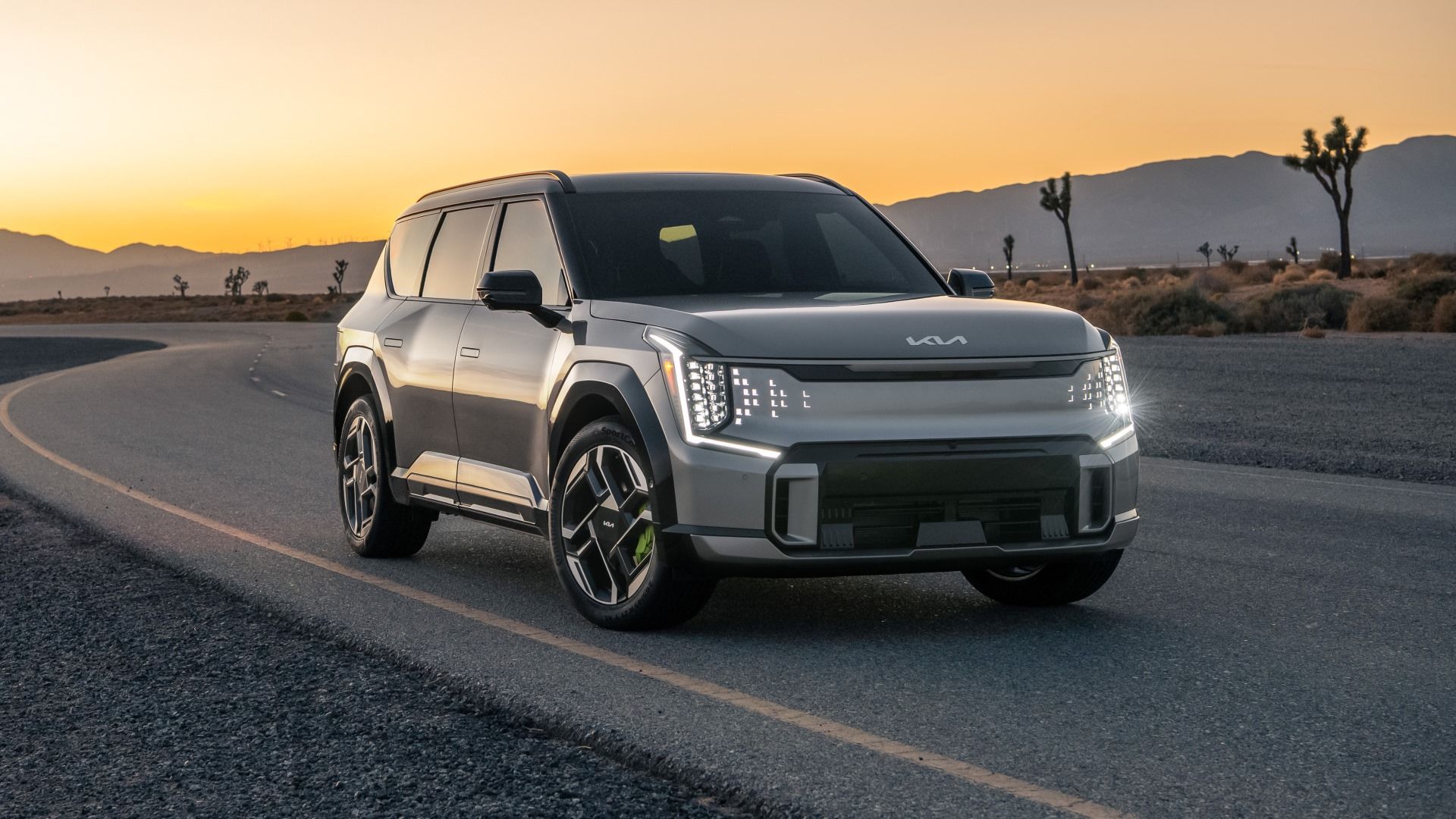
Related
10 Features We Didn’t Expect In The Kia EV9 GT
Kia has introduced the 2025 EV9 GT, and here are some features and specs that make it an enticing option in the segment.
In order to give you the most up-to-date and accurate information possible, the data used to compile this article was sourced from Hyundai and other authoritative sources, including Driving.ca, Consumer Reports, and The Korea Times.
Searching For A Needle In A Haystack – The 2020 Kia Niro EV
Thankfully, that’s exactly what we’re here for, to help you find a five-year-old EV with good range and reliability. Consumer Reports revealed in 2022 the 10 most reliable EVs based on their plethora of data. The timing is perfect, since by that time, EVs that were released before and during 2020 would have been driven far enough by their owners for Consumer Reports to have enough EV reliability data two years later. And, so according to the publication, it’s the Korean EVs that dominated their list.
Take A Look At The Niro EV
But what stood out the most was the Kia Niro EV. If you want a reliable five-year-old EV with a good amount of range, the first-generation Niro EV is a very strong choice. The first-generation Niro EV had a very strong run from 2019 to 2022, and Consumer Reports has given it a reliability score of 88 out of 100. This makes it even more reliable than all of the Teslas on the list, which isn’t surprising since Tesla’s brand reliability is best described as mixed. Some model years are more reliable than others, and likewise, certain models are also more reliable than others.
|
Model |
Consumer Reports Reliability Score |
|
|
1 |
Kia Niro EV |
88 |
|
2 |
Mustang Mach-E |
82 |
|
3 |
Hyundai Ioniq 5 |
80 |
|
4 (tie) |
Kia EV6 |
79 |
|
5 (tie) |
Tesla Model 3 |
79 |
|
6 |
Nissan Leaf |
78 |
|
7 |
Chevrolet Bolt EUV |
65 |
|
8 |
Chevrolet Bolt |
62 |
|
9 (tie) |
Hyundai Kona EV |
61 |
|
10 (tie) |
Porsche Taycan |
61 |
Its Range Is Good Enough, But Not The Best
Its range, however, is good, but not the best. It’s far from the more than 300 miles that many Teslas are capable of doing, but at 239 miles according to the EPA with its 64 kWh battery pack, that’s pretty good for an EV that came out in that period. A five-year-old Kia Niro EV, however, will most likely provide you with fewer headaches and more happy miles, thanks to its best-in-class reliability according to Consumer Reports.
Sharing the same basic mechanicals as the Hyundai Kona EV, the Niro EV has a single front-wheel drive (FWD) electric motor that produces 201 horsepower and 291 pound-feet of torque. These figures are exactly the same as the Kona EV, so your primary driver to choosing either the Kona EV or Niro EV will mostly be based on style preferences and, if you prefer having your EV serviced at a dealer, which brand has the closest dealership to you?

Related
This Hyundai EV Is More Luxurious Than Its Rich Cousins From Genesis
Hyundai has just revealed this three-row electric SUV, which is so luxurious, it puts into question the existence of Genesis as a brand.
What You Get In A Five-Year-Old Niro EV
Unlike today’s newest and latest Kia models, the first-generation Niro EV isn’t necessarily known for its style. At the same time, unlike internal combustion engine (ICE) cars that only experience incremental technological updates, EVs experience far more rapid technological improvement. Therefore, you’ll have to contend with a few compromises that today’s EVs don’t anymore experience.
Subtle Style Inside And Out
A five-year-old Niro EV means splurging for a 2020 model-year vehicle. At the time, you had two choices: the EX and EX Premium. Thankfully, however, not much separates the two variants in terms of features. Both have a very simple but modern look, which is then complemented by LED headlights and 17-inch alloy wheels. Only the EX Premium gets LED tail lights and a sunroof.
As for the interior of the Niro EV, it is likewise very simple and subtle, but once again filled with enough modern amenities to make every motoring journey pleasantly comfortable. Both variants get a seven-inch digital gauge cluster, smart entry with push-button start, and a UVO link (Kia’s previous operating system) infotainment system in an eight-inch touchscreen for the EX and a 10.25-inch touchscreen for the EX Premium. From this point on, the EX Premium pulls ahead with its Harman Kardon sound system, synthetic leather upholstery, and wireless charging, among other premium features.

Add TopSpeed to your Google News feed.
Charging Speeds Are Slow By 2024 Standards
This is the area where EV manufacturers have made huge strides over the years. As EV technology improves, the Niro EV has already been left behind in terms of charging speeds. The first-generation Niro EV’s AC charging speeds top out at just 7.2 kW versus the current model’s 11 kW, while with DC fast charging speeds, the previous model tops out at just 77 kW versus the current model’s 85 kW. To be fair, its DC fast charging speeds are relatively good, especially since its battery size isn’t that big versus other EVs, but its AC charging speeds are at a snail’s pace relative to what more modern EVs are already capable of.
2020 Kia Niro EV Specifications
|
Motor |
(Front) Permanent magnet synchronous |
|
Drivetrain |
FWD |
|
Transmission |
1-speed AT |
|
Horsepower |
201 hp |
|
Torque |
291 lb-ft |
|
EPA Range |
239 miles |
|
EPA Energy Efficiency |
112 MPGe |
|
Max AC Charging |
7.5 kW |
|
Max DC Charging |
77 kW |
|
Battery Size |
64 kWh |

Related
2025 Kia EV6 Debuts In LA With Important Changes That Are More Than Skin Deep
The EV6 gets the same battery upgrades as the 2025 Hyundai IONIQ 5.
What Kia Has Done Right With Their EV Strategy
This all leads us to the great strides that Kia, or even Hyundai Motor Group (HMG) as a whole has made over the past few years in its EVs. From models like the first generation Niro EV to highly-coveted ones like the newer Ioniq 5 and EV6, the huge difference in technological advancement whilst being competitively priced and profitable is proving to be a great recipe for HMG to have a great time in the United States.
E-GMP Is A Culmination Of All Its Learnings
Most of HMG’s newest and upcoming EVs are now riding on the group’s Electric Global Modular Platform (E-GMP)–a dedicated EV architecture that isn’t shared with any ICE car. That’s an expensive endeavor for any automaker that’s still dabbling with ICE cars, but HMG has managed to make their E-GMP-based EVs desirable and competitively priced. Okay, so some of them aren’t eligible from
the $7,500 Federal Tax Credit
due to being made in South Korea, but the now American-made Ioniq 5 and EV9 are well-priced for their segments.
At the same time, Kia’s more affordable EVs that are based on ICE cars like the current generation Niro EV have inherited some of the ingenuity that the group has learned when developing E-GMP. Features like bidirectional charging, otherwise known as vehicle-to-load (V2L) have been passed on to the Niro EV as well, thus enabling this EV to be an external power source.
Its EV Business Is Profitable
Thanks to E-GMP’s flexibility, HMG is able to create multiple models at varying price points and market demands, thus spreading the cost and creating excellent economies of scale. As a result, HMG as a whole, including its EV business, is posting record profits. We all know that Volkswagen and Nissan are in dire straits, therefore enabling HMG to beat the two companies in terms of quarterly profitability. This is unlike companies such as Ford and General Motors, wherein the former is still losing money for every EV sold, while the latter is still focusing on “variable profits” as a way to gauge the success of its EV business. At the same time, HMG’s trio of brands have been churning out desirable and well-engineered ICE, EV, and hybrid vehicles, thus catering to a wide demographic and various market needs.



